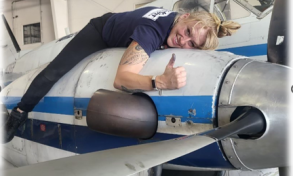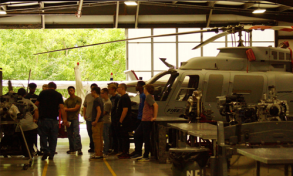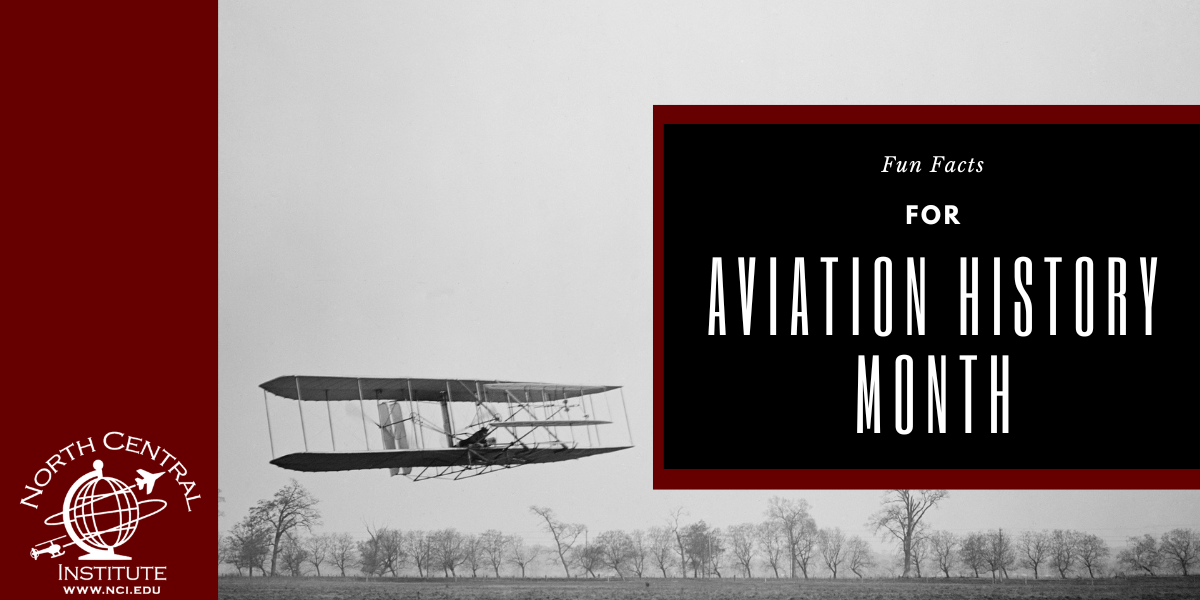Every November we recognize Aviation History Month and the beginnings of controlled flight. While humans have looked to the skies for centuries and dreamt of flying, aviation did not truly begin until November 1782 when French brothers Joseph Michel and Jacques Etienne Montgolfier began the first aeronautical experiments that would lead to the invention of the hot air balloon. In honor of their achievements and all those of the men and women who followed in their footsteps, here are some fun facts for Aviation History Month!
- Less than 10 people witnessed the first powered flight by the Wright Brothers on December 17, 1903.
- The distance flown by the Wright Brothers that day (about 120 ft) was less than the wingspan of today’s Boeing 747- which is about 210 feet.
- Charles Lindbergh was the first pilot to fly solo and non-stop across the Atlantic on May 20, 1927.
- On the fifth anniversary of Lindbergh’s flight, Amelia Earhart made the same journey across the Atlantic- becoming the first woman and only person since Lindbergh to make the solo, non-stop flight.
- Harriet Quimby was the first American woman to earn a pilot’s license in 1911.
- A year earlier, French aviator Raymonde de Laroche was the first woman in the world to have a pilot’s license.
- The first African American woman to earn a pilot’s license was Willa Brown in 1939.
- The pilot and co-pilot on a flight are not allowed to eat the same meal.
- KLM (Koninklijke Luchtvaart Maatschappij), a Dutch airline, is the longest running airline under its original name.
- Aircraft use the same navigation lights as water vessels- a red light on the left wing (port), and a green light on the right wing (starboard).
- In 1996, the Concorde set the record flying time from New York to London- making the journey in only 2 hours, 52 minutes, and 59 seconds and traveling at speeds of up to 1,354 mph.
- The Concorde would later be retired in 2003.
- Although 80% of people have a fear of flying (aerophobia) only 5% of the world’s population have been on an airplane.
- There are an average of 10,000 planes in the sky at any one time carrying roughly 1 million passengers.
- The Boeing 747 has roughly 6 million parts- that’s a lot of pieces to keep track of and maintain! If you’d like to learn more about aviation maintenance and want to get your career off the ground, contact NCI today!










